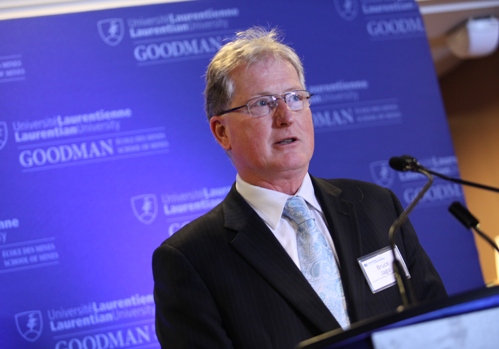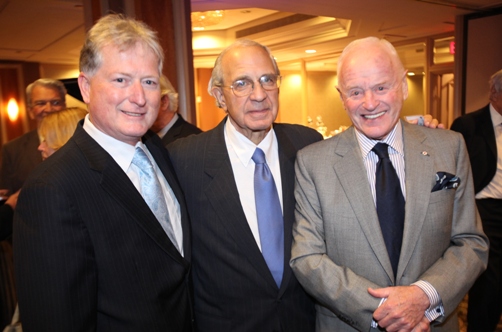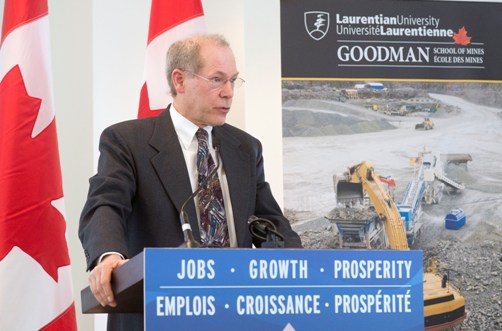Ontario Government Supports Mining Innovation
June 7, 2013 10:30 a.m. – Ministry of Northern Development and Mines
Ontario is helping to develop a new software tool to enhance the operation of mines.
With support from the province’s Northern Ontario Heritage Fund Corporation (NOHFC), the Mining Innovation, Rehabilitation and Applied Research Corporation (MIRARCO) is developing a new software tool to help mining companies generate short-term work schedules for crews and equipment.
This project will support four researchers and programmer positions and will benefit the mining sector by improving day-to-day operational scheduling decisions and help companies with their long-term business plans.
Investing in northern research is an important part of the Ontario government’s Growth Plan for Northern Ontario. A strong northern economy will help create a fair society and give the people of Ontario more opportunities for jobs and economic prosperity.
Quick Facts
Ontario is providing $100,000 to this project through NOHFC’s Emerging Technology program.
Since 2005, that program has invested $175 million in approximately 270 projects across the North, helping to create or sustain more than 1,900 jobs.






























